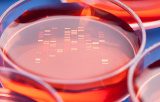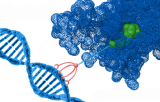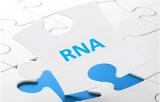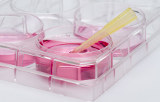Biorbyt
 |
||
Productos para avanzar en sus descubrimiento Desde anticuerpos a proteínas, desde productos bioquímicos a kits ELISA, los productos de investigación de alta calidad de Biorbyt están a su disposición para hacer posible una investigación de primera clase y contribuir a una comprensión más profunda de las ciencias de la vida.
Un completo catálogo de productos de investigación en ciencias de la vida que cubre las áreas de Neurociencia, Transducción de señales, Biología celular, Metabolismo del cáncer, Cardiovascular y otras.
Gama de productos
Elija entre más de 100.000 anticuerpos primarios y más de 2.000 secundarios. Monoclonales y policlonales probados en diversas aplicaciones: WB, ELISA, IHC, FACS y muchas más.
Elija entre más de 7.000 proteínas y más de 400 proteínas activas. Todas nuestras proteínas han sido validadas para su uso en ELISA, WB e IHC-P
Disponemos de más de 10.000 productos bioquímicos para utilizar en su investigación.
Disponemos de más de 2.000 kits ELISA que cubren muchas áreas de investigación. Cada kit incluye un protocolo detallado y ejemplos de los resultados esperados.
Página web: https://www.biorbyt.com/
| ||

Transfection reagents
Transfection is the process of introducing exogenous genetic material in the form of DNA or RNA into eukaryotic cells. The entry of this genetic material into the cell is allowed by the transient opening of pores in the membranes, it is then possible to introduce a plasmid, a small interfering RNA or other. Cells manipulated to accept a foreign nucleic acid are called competent cells. Transfection is not to be confused with transduction, which uses a different route of entry into the cell (through the use of a viral vector).
There are different methods of transfection, which are different chemical and/or physical treatments that will make the plasma membrane more permeable. The main methods used are :
- Precipitation with calcium phosphate: the DNA will adhere to the membrane and enter the cell.
- Lipofection, which will allow the DNA to be associated with cationic lipids, will create liposomes that will enter the cell by endocytosis.
- Electroporation, which uses an electrical pulse to depolarize the membrane and open the pores.




